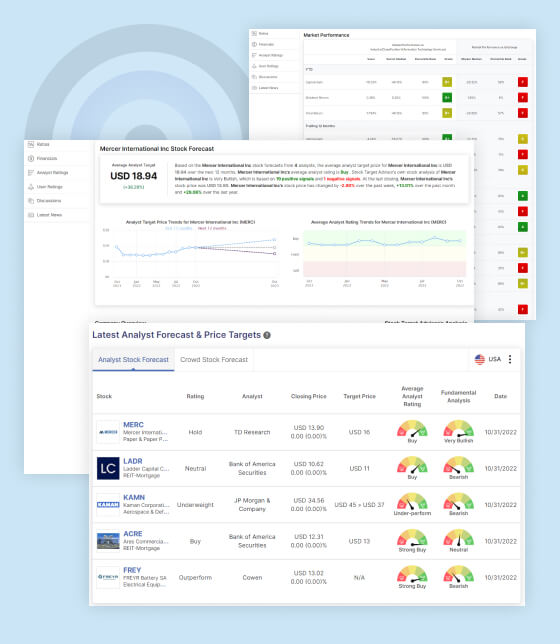Federal Reserve Holds Rates
In a bid to navigate the complex economic landscape, Federal Reserve Chair Jerome Powell has maintained a cautious stance by keeping interest rates steady. Powell’s approach is aimed at addressing concerns over rising inflation while supporting the healing labor and housing markets. However, there are growing apprehensions that his commitment to higher rates might inadvertently lead to a severe hard landing, triggering a deep recession as asset bubbles deflate.
Inflation Concerns:
One of the primary reasons behind Powell’s decision to hold interest rates steady is the persistent concern over inflation. The global economy has been grappling with supply chain disruptions, soaring energy prices, and pandemic-induced challenges, all contributing to an inflationary surge. Powell aims to strike a delicate balance by preventing excessive inflation without stifling economic growth.
Healing Labor Market:
The U.S. labor market has been on a recovery path, gradually rebounding from the impact of the COVID-19 pandemic. Powell has emphasized the importance of fostering a robust job market to ensure sustained economic growth. By holding interest rates steady, he intends to provide businesses with the confidence to invest and hire, contributing to the ongoing healing of the labor market.
Housing Market Dynamics:
The housing market has been a critical factor in the broader economic recovery. Powell recognizes the significance of maintaining stability in this sector to avoid any shocks to the overall economy. By keeping interest rates unchanged, he aims to support the housing market’s recovery, making borrowing more affordable for potential homebuyers.
Risk of a Severe Hard Landing:
While Powell’s intentions are clear—to carefully manage inflation, support the labor market, and maintain a buoyant housing sector—there are concerns that his commitment to higher interest rates could have unintended consequences. The risk of a severe hard landing looms large, particularly as high rates may lead to a deflation of asset bubbles.
Asset Bubbles Deflating:
Persistently high interest rates could trigger a correction in asset prices, including equities and real estate, which have experienced significant appreciation. As the Federal Reserve takes measures to prevent an overheating economy, the potential deflation of these asset bubbles raises the specter of a sharp economic downturn.
Impact on Economic Growth:
The real danger lies in the impact that a severe hard landing could have on overall economic growth. A sudden deflation of asset bubbles may lead to reduced consumer spending, diminished business investment, and widespread economic uncertainty. This scenario, if materialized, could result in a deep recession, undoing the progress made in the post-pandemic recovery.
How To Play Stocks in This High Rate Environment
In looking for potential investment opportunities in the current economic environment, consider companies with strong fundamentals, resilient business models, and growth potential. Here are some factors to consider when evaluating stocks:
- Sector Analysis:
- Certain sectors may perform well under higher interest rates, while others may face challenges. For instance, sectors like financials, energy, and materials may benefit, while high-growth sectors like technology may be more sensitive to interest rate changes.
- Dividend-Paying Stocks:
- Dividend-paying stocks, especially those from sectors traditionally considered defensive (e.g., utilities, consumer staples), can provide a stable income stream in uncertain market conditions.
- Value Stocks:
- Consider looking at value stocks, which are shares of companies that are considered undervalued relative to their fundamentals. These stocks may be more resilient in an environment of rising interest rates.
- Large-Cap and Blue-Chip Stocks:
- Established companies with a history of stable performance, often referred to as blue-chip stocks, may be less volatile in times of economic uncertainty.
- Cyclical Stocks:
- Some cyclical stocks, such as those in industrials and materials, may perform well during periods of economic expansion. These sectors could benefit from increased infrastructure spending and economic growth.
- Global Economic Trends:
- Consider companies with exposure to global markets, as they may be better positioned to navigate economic challenges in specific regions.
- Financial Health:
- Assess the financial health of companies, including their debt levels, profitability, and liquidity. Companies with strong balance sheets are generally better equipped to weather economic downturns.
- Earnings Growth:
- Look for companies with a history of consistent earnings growth and a positive outlook. Earnings growth is a key indicator of a company’s financial health and future potential.
Final Look:
Federal Reserve Chair Jerome Powell’s decision to maintain steady interest rates reflects a nuanced approach to address inflation concerns while supporting the healing labor and housing markets. However, the delicate balancing act may come at a cost, with the potential for a severe hard landing and deep recession if asset bubbles deflate. As the global economic landscape remains complex, Powell’s leadership will continue to be tested in steering the U.S. economy through these challenging times.

STA Research (StockTargetAdvisor.com) is a independent Investment Research company that specializes in stock forecasting and analysis with integrated AI, based on our platform stocktargetadvisor.com, EST 2007.






































